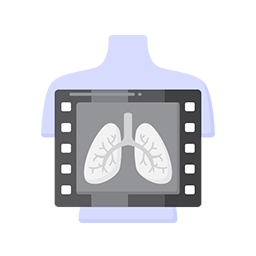Forensic aspects of Trauma
Type
 C
C C
C C
CCourse Code
FMAI-202
Teaching Semester
B Semester
ECTS Credits
5
Tutors
Learning Objectives
This intensive course details the principles and practice of the analysis and interpretation of skeletal trauma from the perspective of different professionals. Through a series of didactic lectures and interactive practical sessions delivered by a variety of forensic experts, this course will cover trauma biomechanics, the principles and effects of different types of trauma on the skeleton (blunt force, sharp force, gunshot and blast), traumatic evidence of child abuse, the timing of skeletal trauma and how best to record and present skeletal trauma evidence in forensic reports. More specifically the students will:
- Be introduced to the basic principles of bone biomechanics and its applications in forensic settings
- Understand the role of different experts in the analysis and interpretation of skeletal
trauma - Learn how to identify different types of trauma with regards to the timing, the mechanism, and the lethal potential of injury
- Learn how to test forensic scenarios and report the results
- Learn to identify evidence of child abuse
- Understand the limitations when interpreting and giving evidence in court related to skeletal trauma.
Lectures
- Introduction to Forensic Biomechanics
- Applications of Biomechanics in forensic questions
- Timing of injuries: Differential diagnosis of ante-, peri- and postmortem trauma
- Blunt force trauma in forensic contexts
- Sharp force trauma
- Ballistic trauma: diagnosis and interpretation of injuries
- Forensic aspects of pediatric trauma: child abuse and neglect
- Forensic Trauma reconstruction and presentation-trauma simulation
Practical training:
3x2h practical sessions on trauma
Recommended Bibliography
- Lecture notes
- Forensic biomechanic (2014) , Peter Zioupos P ed. Journal of the Mechanical Behavior of Biomedical Materials,special issue Volume 33, page 1-136
- Kranioti E. Forensic investigation of cranial injuries due to blunt force trauma: current best practice (2015). Research and Reports in Forensic Medical Science;5:25-37
- Kimmerle EH, Baraybar JP (2008) Skeletal trauma:identification of injuries resulting from human rights abuse and armed conflict. CRC Press, LLC, Boca Raton, Florida
Student Performance Evaluation
- Practical assessment of trauma (50%) on skeletal remains/photos etc.
- Multiple choice/short answer exam (50%)
Organization of Instruction
| Learning Activity | Hours of Workload/ semester |
| Lectures | 14 |
| Practicals | 8 |
| Exams | 4 |
| Self-guided study | 99 |
| Total | 125 |